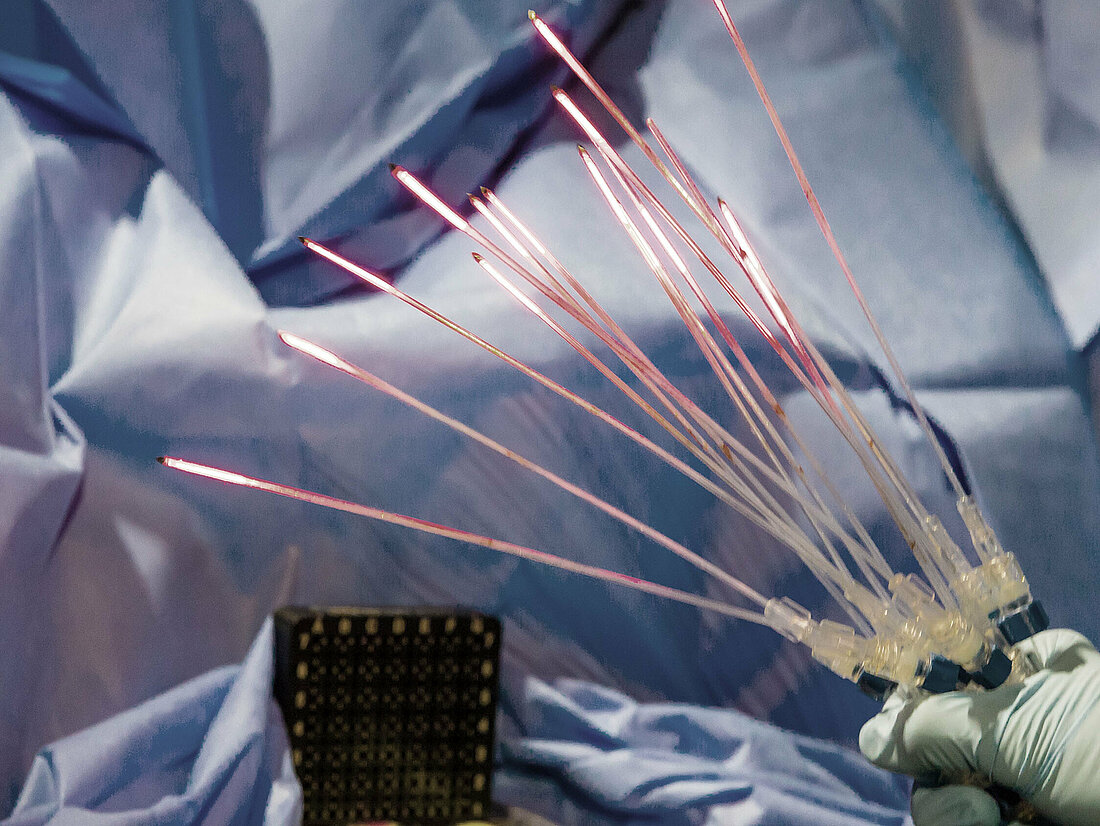What is focal treatment?
Focal treatment does not involve removing the entire prostate. Instead, the treatment focuses on a tumour lesion or the affected lateral lobe of the prostate.
Focal treatment of the prostate is a particularly promising option when focused on a single tumour lesion with a low Gleason score. The smaller the tumour lesion and the less invasive the procedure, the lower the risk that the treatment will result in damage to nerve bundles, the sphincter or the intestinal wall. Consequently, severe and long-term side effects of focal treatment are very rare. The greatest risk lies in the fact that tumour lesions could remain undiscovered and therefore go untreated. However, regular aftercare appointments can identify any growing tumours and treat them if needed.
At present, the Martini-Klinik offers the HIFU (Focal One) method and photodynamic therapy (TOOKAD) – two focal treatments that are well established and have been thoroughly examined in terms of their efficacy. There are, however, other forms of focal therapy, such as irreversible electroporation (IRE), also known as the NanoKnife system, which is currently being trialled in studies.






